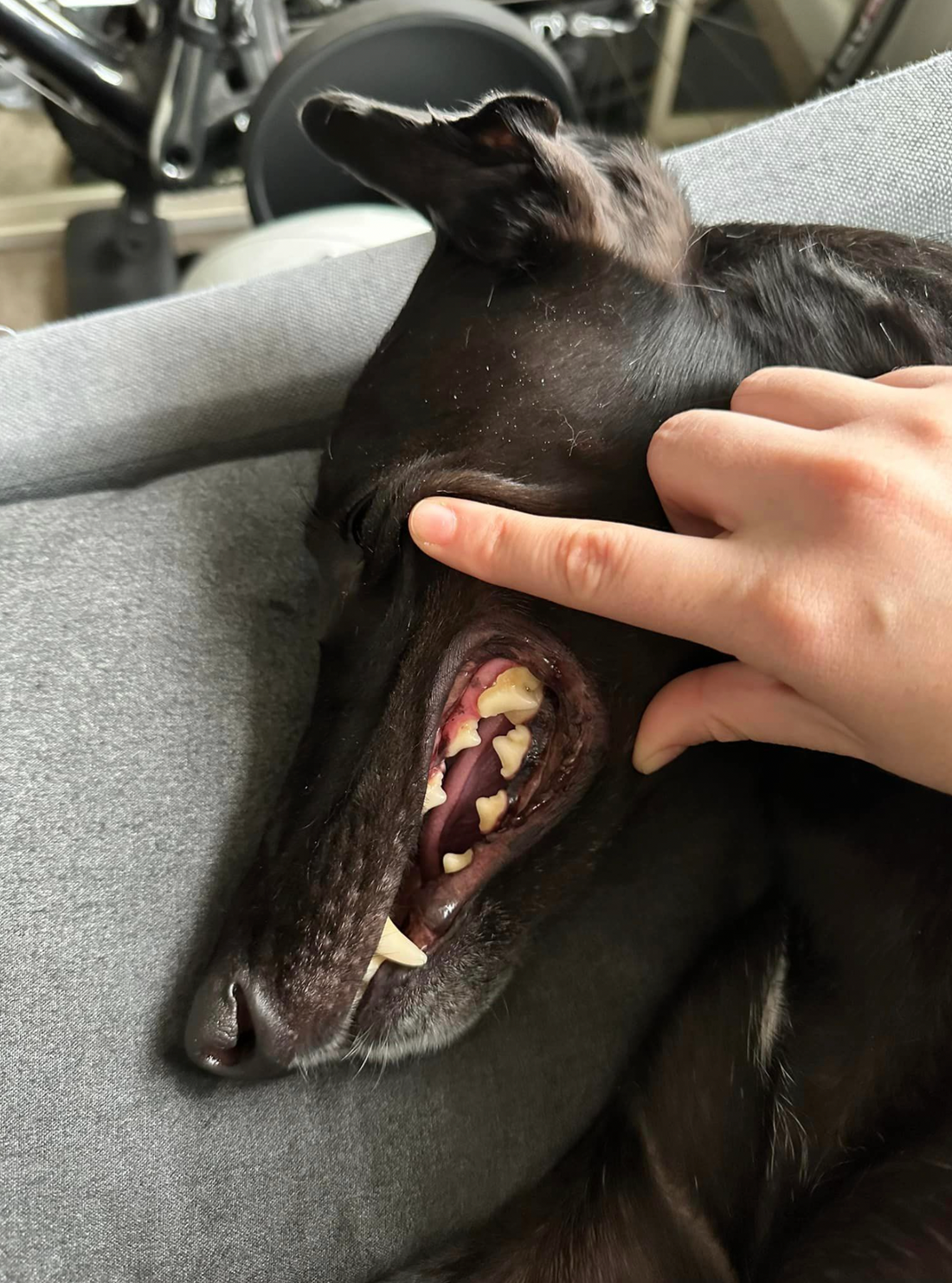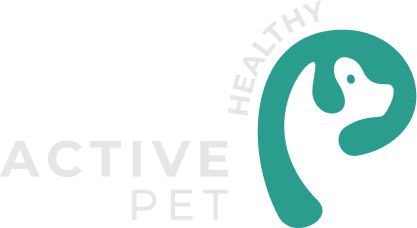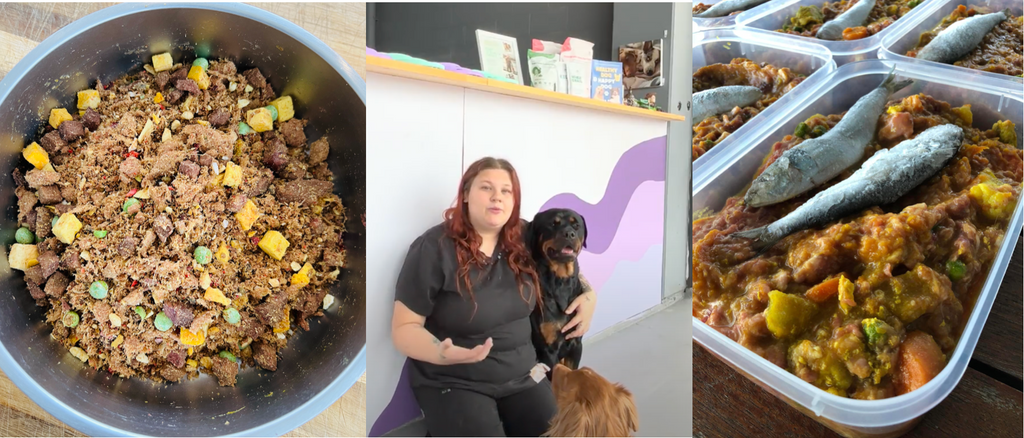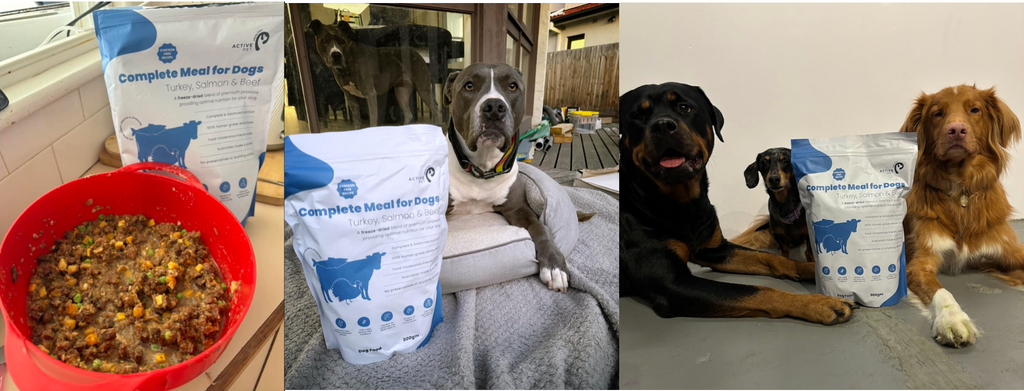
Canine teeth and dog teeth cleaning
Maintaining good canine teeth and dental health is crucial for dogs to lead a happy and healthy life.
Just like humans, dogs can suffer from dental issues such as plaque buildup, gum disease, and tooth decay.

Poor dental health can lead to pain, discomfort, and even more severe health problems. To keep your dog's teeth in optimal condition, consider the following tips:
Canine teeth and dog teeth cleaning tips
-
Regular Brushing: Brush your dog's teeth regularly to remove plaque and prevent tartar buildup. Use a toothbrush and toothpaste specifically designed for dogs. Start gradually and make the experience positive and rewarding for your dog. Aim to brush their teeth at least 2-3 times a week, if not daily.
-
Dental Toys: Provide your dog with dental toys designed to promote oral health. These products help reduce plaque and tartar by mechanically cleaning the teeth as your dog chews on them. You can see our canine teeth dog teeth cleaning toy here

-
Healthy Diet: A balanced and nutritious diet plays a crucial role in maintaining dental health. Feed your dog raw bones - and see more on what bones to feed and why they are good for your dogs teeth cleaning here
-
Regular Veterinary Check-ups: Schedule regular dental check-ups with your veterinarian. They will examine your dog's teeth, gums, and overall oral health. Professional dental cleanings may be recommended to remove stubborn tartar and address any dental issues that require attention.
-
Early Detection and Treatment: Regularly inspect your dog's mouth for any signs of dental problems such as bad breath, swollen or bleeding gums, loose or broken teeth, or changes in eating habits. If you notice any abnormalities, consult your veterinarian promptly for proper diagnosis and treatment.
Remember, good dental hygiene is an ongoing commitment. By implementing these tips and making dental care a part of your dog's routine, you can help prevent dental issues and ensure your furry friend has a healthy smile for years to come.
Nat's canine teeth and dog teeth cleaning experience
Nat says, "Did you know over 80% of dogs over the age of three have some level of periodontal disease?
Greyhounds are genetically susceptible to it as well which is combined with no attention to their dental health while in the industry.

Periodontal disease is reversible up to a certain point.
Since then (for over 2.5 years) we have maintained his dental health. Principally through daily raw (non weight bearing) bones but supported by ascophyllum nodosum and occasional brushing.
Dental sticks contain a similar ingredient (but also lots of ones that can also cause plaque). Dental kibble is similar. That said you need something to work with these ingredients to remove plaque and tartar from teeth and that’s where brushing and or bones come in.

Given he has avoided periodontal disease I don’t want to rely on dentals as between them would give the plaque etc time to build up and potentially result in disease (not to mention the physical and mental stress having anaesthetic can cause plus the financial stress for me)!
Our vet has free dental checks and I really encourage you all to see if your vet does something similar and either way get in there and chat preventative care!
I last got Jayce’s teeth checked on Saturday and was so happy to hear that his teeth are good for another six months.
The photo of his teeth shows the ‘bad’ side that he chews less on. The top back molar/ gum is what I need to keep an eye on."
And don't forget to check our dental dog teeth toys here




